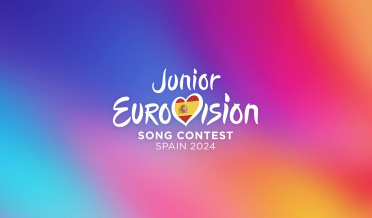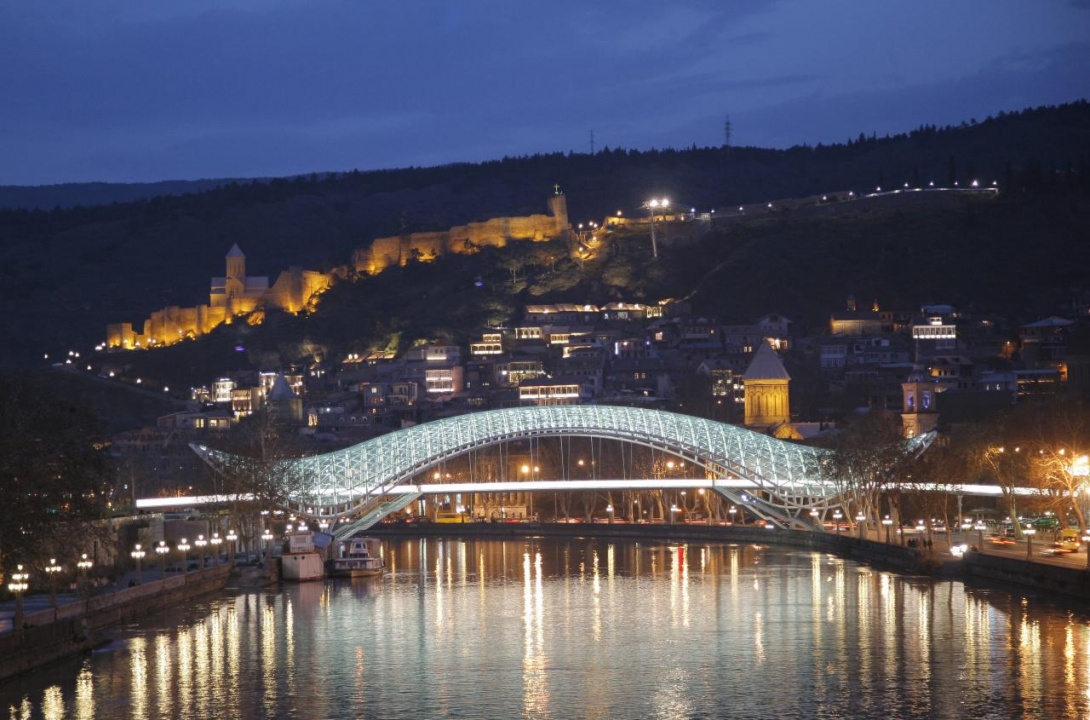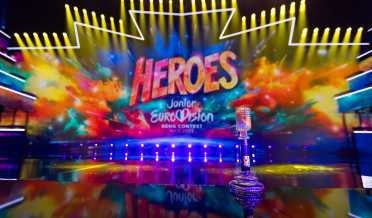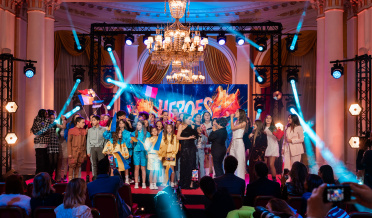
About Tbilisi & Georgia
The 2017 Junior Eurovision Song Contest took place in the Georgian capital Tbilisi. In just a few minutes, we will tell you everything you need to know about this historical place.
About Georgia
Georgia has more to offer than any other country of it it’s size in the world, so what is it like to visit?
It is a land of contrasts at the crossroads of east and west. For thousands of years traders and adventures have visited via the historic Silk Road and today their legacy remains in the culture, sound and monuments, including many UNESCO World Heritage Sites.
From the architecture of Tbilisi’s Old town to the vineyards of Kakheti; from ancient stone towers of Svaneti to the beaches and night life of Batumi, there is something inspiring and exciting for everyone.

Ski the Caucasus mountains, Europe’s highest mountain range, in the morning and relax at the Black Sea coast in the afternoon. Sample the delicious Georgian cuisine and wine at a traditional supra (or feast) one day, detox in our natural saunas and spas the next.
Georgia has a unique, welcoming culture which explains it’s world famous hospitality. With it’s own alphabet and language, and many world-famous artists, Georgia will surprise and delight you at every turn.
About Tbilisi
The myth about the foundation of Tbilisi takes us back to the 5th century, and the reign of a mighty Georgian monarch Vakhtang Gorgasali. According to the legend, the king was out hunting in the woodlands near than the capital city Mtskheta. After some time, the king spotted a pheasant and sent off his falcon to hunt it down, but he lost the sight of both birds and after searching for a while he found that they had fallen into a hot spring and had boiled. Seeing the benefits of having such wonderful springs close at hand, it is said that he decided to build a new capital city on that site and named it Tbilisi (tbili – in Georgian means "warm") even today there are numerous sulphur hot springs that come directly from the ground in Abanotubani, where the famous sulphur baths are located.
The capital is both relaxed and welcoming with wooden houses, churches, cafes and baths. It has retained this character since the first traders and camel trains took refuge in Tbilisi on their long journeys along the Silk Road from Asia to Europe. They were followed by artists, thinkers and writers of the modern era including Alexander Dumas, Pushkin, Lermontov, Tchaikovsky, Knut Hamsen and Ramsay Macdonald. All of which have found inspiration in Tbilisi.
Tbilisi is a major economic, transportation and cultural centre – hub of the Southern Caucasus. In the Old Town visitors will find a Mediterranean atmosphere and a harmonious architectural melange which reflects the wide variety of nationalities that have made their homes in Tbilisi over the years. The Old Town still has its Jewish, Azeri and Armenian quarters; the mosque, synagogue, Armenian and Georgian orthodox churches are all within walking distance of each other.
Sights to visit include the Sioni Cathedral and the Anchiskhati Basilica in the Old Town. The Narikala Fortress, first established by the Persians in the fourth century and most recently rebuilt in the 19th century, is a good vantage point over the old city.
The healing sulphur baths, in a domed oriental style, are also frequented by visitors to the city. The Opera House, a splendid neo–Moorish opera building on Tbilisi’s Rustaveli Avenue, provides a lively calendar of events throughout the year. The Georgian State Museum also on Rustaveli Avenue, houses a collection of icons, frescoes and porcelain, as well as an outstanding display of the "Gold of Colchis" jewellery. The Georgian State Art Museum, in the centre of the town, includes paintings by the much-beloved 19th century artist Niko Pirosmani.




